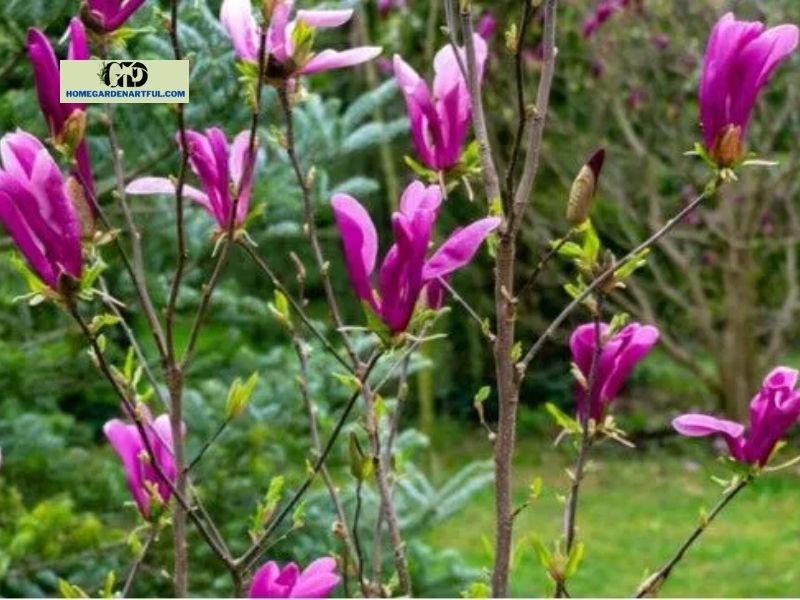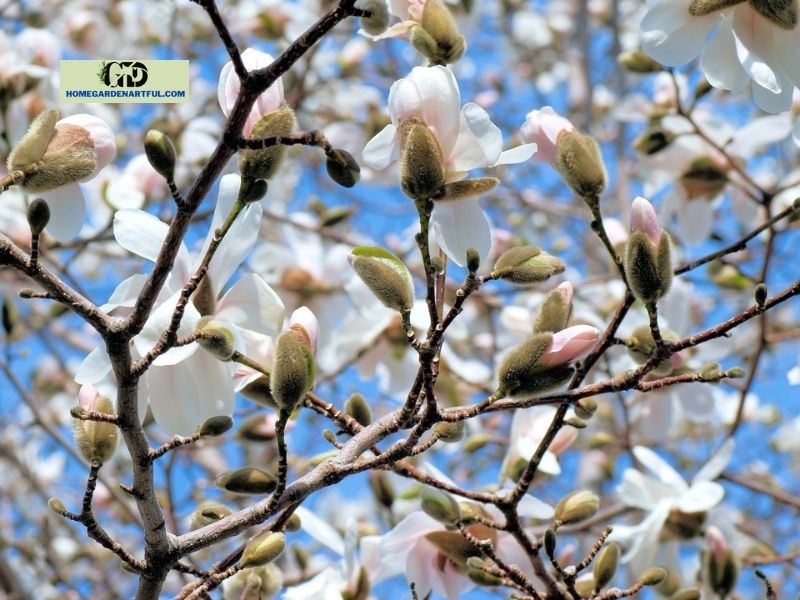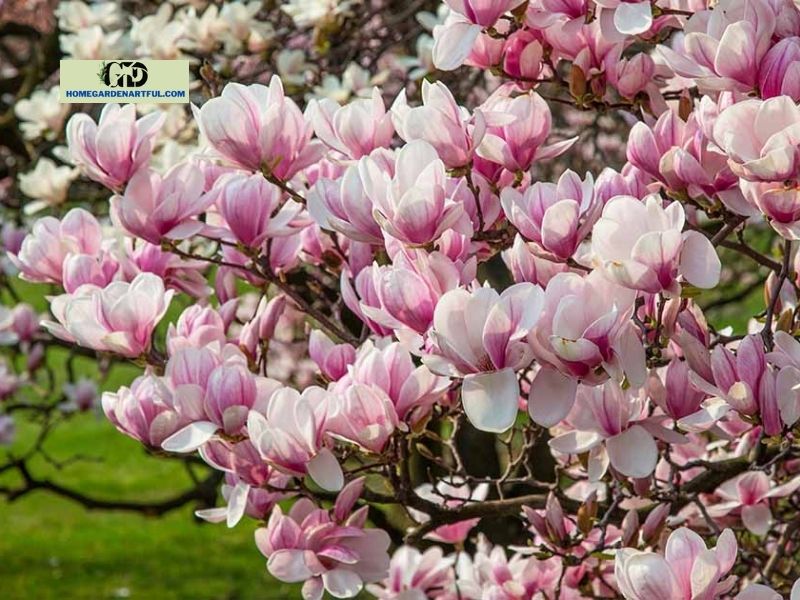Do you know How To Propagate Magnolia Tree? Although plants require a lot of water, too much of it can soon kill them, and today we have undoubtedly discovered a permanent solution to that issue. Thanks to all the tips you learned today, lovely plants will be able to withstand more water in the soil and in the pot during their active phase and flowering season.
This time, you don’t have to fear the approaching pre-harvest season or the flushing process—you’re more than capable of taking on such tasks! Discover at homegardenartful.com!
How To Propagate Magnolia Tree

How To Propagate Magnolia Tree from Seed
Magnolia trees produce an abundance of fruit in the fall. These vivid crimson fruits appear as though they had been highly polished when they swell out of the huge infructescence. These fruits can be developed into young magnolia plants with a little assistance. You cannot plant the fruit in a planter since magnolia seeds only sprout after a protracted period of cold. One way is to just plant the fruit in the spring after it has been left outside for the winter. Alternatively, you could freeze the fruit for a duration of two to three months. If the fruits have seen a long enough period of cold weather, the pulp can be removed by soaking them in warm water.
Plant the seeds in an appropriate-sized container filled with soil. They should always be kept moist and may have a small layer of soil-applied to them. Covering the pot with a clear plastic bag also helps. It is now ideal to place the seed container outside in a light area. If the outside temperature is still occasionally below zero, locate an area for your developing seedlings that is not heated and doesn’t experience frost. These days, germination may take a few months.
Keep the black or brown seeds moist at all times and cover them with the proper soil. Growing from seed has the advantage of allowing you to watch the growth process from the start and yield multiple plants quickly. On the other hand, a self-sown magnolia may not bloom for many years. It could take you up to ten years to learn patience. Furthermore, there is a very poor success rate when propagating from seed.
How To Propagate Magnolia Tree from Cuttings

We’ve learned that magnolias detest being chopped. Still, it is worthwhile to take a cutting from them. If you’re going to be pruning your magnolia this year anyhow, why not seize the chance? Finding a branch that is good for cutting is not difficult. It should be chopped to a length of roughly 15 centimeters while still new and green. Now set the cutting in potting soil that has a hint of acidity. The cutting might take root and begin to develop quite quickly if you keep the soil nicely moist.
The cutting container should ideally be left outside in a bright area, but the soil should be shielded from heat and direct sunshine. Sadly, magnolia cuttings are not quite as successful as cuttings from rosemary (Rosmarinus officinalis) or currants (Ribes), but this technique can still be beneficial.
How To Propagate Magnolia Tree from Sinkers
Right after flowering is the ideal time to propagate magnolia by sinkers. Choose a young, elastic branch that can be bent to the ground without breaking to accomplish this. It becomes easier to bend downward as it gets closer to the ground. Now decide where the future plant should take root on the branch. Now make a shallow incision here using a sharp, cleaned knife at an angle to the branch. Repeat this on all sides and multiple times. Now dig a tiny hole in the ground that is a few centimeters deep, and insert the sinker’s scratched section into it.
Subsequently, backfill the hole until the sinker is completely covered with soil, leaving the tip of the branch exposed. To ensure that the branch does not spring back up in its entirety, place a stone on top of it to add weight. The sinker may take a year to become established. It is only at that moment that you can trim the stem linking the sinker to the mother plant and transplant the fresh cutting.
Advice: If you put a portion of the branch directly into a pot with soil rather than in the ground, you can save the trouble of repotting. In this manner, you will spare the small plant’s fragile roots and avoid having to dig it up.
How To Propagate Magnolia Tree from Air Layering

The fourth—and maybe most difficult—method of spreading magnolias is air layering. The benefit of this procedure is that you can grow a sizable plant from the mother plant. As with other situations, the best period is right after flowering. First, decide on a shot. Near the base, this should have a thickness of one to two centimeters. Later on, this section will grow into your new plant. Now, gently remove a two-centimeter strip of bark from around the branch with a sharp, clean knife. The water-conducting wood should be harmed as little as possible; just the bark needs to be removed.
Now cover the area with a thick layer of damp moss. At this point, you should cover the entire item with a plastic bag to keep it moist. Now, the roots will most likely take between three and five months to grow. After that, you can take the sack off and trim the tree limb. The branch and its roots can now be planted in a pot that has been prepared with dirt.
Conclusion
Magnolias can be multiplied through air stacking, sinker use, cuttings, or seeds. We have compiled the most crucial facts for you here so that you may select the best approach.


